It is now increasingly obvious that the world of today is rapidly changing, and sustainability has moved from being a ‘nice-to-have’ to an intrinsic strategy in businesses.
Chief executives are realizing more and more that besides doing good for the planet, the sustainable business model is essential for long-term success. In turn, all these – the changed consumer and environment, the unmistakable climate change – send an invitation to leaders for a company reshaped around sustainable principles.
Here’s how CEOs today can effectively bring their sustainability visions into being by concentrating on resource efficiency, innovation and stakeholder engagement.
Setting clear sustainability goals
First, it’s about setting a very clear, actionable vision for what will be a long journey toward sustainability. CEOs today recognize that defining what sustainability means in their own organizations can look very different from industry to industry.
For instance, manufacturing usually involves sustainability around carbon emissions and waste management. In contrast, it could mean responsible energy usage and eco-friendly data storage in technology.

CEOs today recognize that defining what sustainability means in their own organizations can look very different from industry to industry.
Once there is a vision, measurable goals are also set by the CEOs. A current route to pursuing this objective involves the adoption of frameworks that align with the United Nations Sustainable Development Goals or setting targets for net zero carbon emissions by a particular year.
For instance, Unilever, one of the big consumer goods players, pledged net zero greenhouse gas emissions by 2039. Well-defined goals like these drive the employees, partners and customers of the business toward one objective: sustainability.
Sustainability as part of key business strategies
This is not something that can be handled as some kind of separate initiative; it has to be interwoven into the business. Today’s CEOs are embedding sustainability into the core functions, from supply chain management to product development and even into corporate culture. This holistic approach would ensure that in all decisions, sustainability is key.
A very important part of this involves creating sustainable supply chains. Companies like Patagonia have proven that responsible material sourcing can become a brand’s defining characteristic. They focus on organic, recycled, or ethically sourced materials and work closely with suppliers to ensure fair labor practices.
Companies reinforce their pledge and lead by example for the whole industry with a stricter selection of suppliers and partners based on how their values align with their commitments toward sustainability.
Embrace innovation to sustain solutioning
Innovation plays a major role in building a sustainable business model. CEOs seeking to make their firms more sustainable use technology in the creation of eco-friendly products and processes, from AI to renewable energy solutions. Innovation supports businesses in making considerable reductions of impact on the physical environment while improving efficiency and cutting costs at the same time.
For example, some companies use AI and data analytics to optimize energy consumption. IoT devices can track energy use in real time at, say, a manufacturing facility, assisting companies in determining how they can reduce waste and be more sustainable.

CEOs seeking to make their firms more sustainable use technology in the creation of eco-friendly products and processes.
Other sources of fast-growing renewable energy that are gaining traction with progressive CEOs include solar, wind and geothermal; Google and Apple have both committed to powering their data centers and offices on renewable energy.
Another trend that is growing is that of ‘circular economy.’ Instead of the take-make-dispose-linearity of economics, focus is directed toward the reutilization, recycling and refurbishment of products and materials. From electronics to fashion, CEOs are recovering materials to reuse.
For instance, H&M collects used clothes from customers at their stores for recycling into new fabrics with the ambition to reduce waste and provide closed-loop cycles.
Stakeholder engaging and building a culture of sustainability
Sustainability is a team sport, and successful CEOs involve employees, customers and partners.
Creating a culture of sustainability, the CEO encourages employees to be more engaged in the company’s objectives on sustainability. This could include things like training programs on how employees can help the company act in more sustainable ways, and promoting initiatives that work for your company such as ways to conserve energy, reduce waste and even contribute to sustainable commutes to work.
Most of the companies also involve customers in the journey of sustainability. Many garment shops allow the customer to return the old product for recycling and, in return, give them a discount on their next purchase. Involving consumers will help the company to create brand loyalty and raise awareness on why sustainability is an important feature in business.
The other important constituency involves the investors.
Today more than ever, investors seek out companies that consider environmental, social and governance factors because studies have proven that many sustainable companies are also performing better financially in the long term. This has resulted in many CEOs building confidence among their constituencies by articulating a clear strategy for sustainability while emphasizing long-term value for investors.
Measure and report progress
It’s one thing to set ambitious goals for sustainability; it’s quite another thing to actually track progress effectively. CEOs now use metrics to ensure that they are attaining their goals and holding themselves responsible towards all stakeholders. Organizations like the Global Reporting Initiative and the Sustainability Accountability Standards Board include guidelines that can help businesses to quantify and disclose environmental and social impacts.

Though difficult, the journey of sustainability for CEOs is quite rewarding, attested by improved brand loyalty, reduced risk, and new growth opportunities.
Through transparent sustainability reports, CEOs both gain the trust of stakeholders and find those areas that need managing and reconsideration.
Suppose, for example, a company intends to reduce its carbon footprint by 30 percent over five years; through regular tracking, the CEO would have an idea whether they are on track or not and would be able to make the necessary changes. Public reporting of progress builds accountability and will result in companies being more likely to adhere to their sustainability commitments.
Long-term impact emphasized over short-run gains
Among the greatest challenges that CEOs have to face is being able to balance the goals of sustainability with financial performance. Some of these sustainable initiatives may not be able to give financial benefits in the short run, and some may even require substantial upfront investments.
But today CEOs are more prepared to look at the long-term impact than get temporarily influenced by short-term gains. As a result, sustainable practices reinforce brand reputation, reduce operation-related risks and open up new market opportunities.
Take for example IKEA, which invests in sustainability from responsibly sourced wood to running a wide-scale recycling program. While such activities are costly, IKEA leadership believes that with sustainability comes future improved financial performance.
Focusing on long-term success, CEOs like IKEA’s create a compelling case that through sustainability comes profit and positive impact.
Adapt to changes in regulations and market demands
Sustainability is turning into a regulatory requirement in most parts of the world. CEOs understand that adherence to such regulations will avoid punitive measures that may affect business continuity. From emission caps to waste management policies, staying compliant means adapting to an ever-evolving regulatory landscape.
Besides, today’s consumers are far more sophisticated and expect the enabling of ethics and sustainability in the way business operations are carried out.
Surveys in recent times have estimated that more than half of global consumers would pay more for sustainable products, especially the young generation of consumers. CEOs who recognize this shifting market demand are taking the lead by readjusting their products and practices to meet consumer expectations for social responsibility.

Leaders turn their vision into action by focusing on long-term impacts.
Complexity is the journey towards a sustainable business model, many-faceted and hugely dependent on a clear vision, innovation, stakeholder engagement and adaptability. Today’s CEOs know that sustainability is not a fad but the core factor for a future-ready business. Quantifying their goals, embedding it at the core of strategy and inculcating the culture of sustainability, leaders turn their vision into action by focusing on long-term impacts.
Though difficult, the journey of sustainability for CEOs is quite rewarding, attested by improved brand loyalty, reduced risk and new growth opportunities. These leaders continue to adapt and innovate, securing the future not just of their businesses but contributing toward a more sustainable world for one and all.







